This is the time of year I submit our application for staying certified as an Arbor Day Tree Campus, so also a good time to summarize our landscape year. And fortunately, we didn’t have the same amount of severe weather as in 2023, so it wasn’t as ‘sporty’.
We did have one windstorm, however, on January 10th, but only lost about 7 trees. The storm had a half inch of rain and a peak wind gust of 69 mph, so trees failing from ‘root plate failure’ were unsurprising. In fact, with that sort of setup, only losing 7 trees seems miraculous. My fellow co-workers think that’s because everything that could have fallen already did last year.


At any rate, we removed about 30 trees from campus, most dying of natural causes, along with a couple of preemptive Ash removals. The worst removal (that I’m still recovering from) was the giant Heritage elm on the south side of the Davis Family Library. It struggled but hung on for 25 years post construction, but eventually the interventions we were trying weren’t enough.
Offsetting that, we planted 34 trees, including around the new tennis courts, Johnson, and several locations on campus where we lost many trees in the ’23 storms.
In the winter our department helped the golf course crew remove many trees on the course for improved air circulation and game play (you’ve just reached the limit of my golf knowledge), and we also helped clear woods and remove trees for the new 9 hole disc golf course behind Hadley House in the woods. We got a normal amount of rainfall last year, so much of our crew was kept busy keeping up with the lawn mowing, but we were able to do some replanting of several beds to fill them in more and reduce weeding labor.


Another bed that got ‘redone’ was our Pollinator Garden outside of McCardell Bicentennial Hall. A new sidewalk to BiHall was installed as part of the landscape for the First Year Residence Hall, and this meant realigning the garden as well. The garden was first conceived and planted by Emily May ’09, who went on to get a Masters in Entomology from Michigan State, and is now a pollinator expert with the Xerces Society. She also lives in Cornwall, and returned for the replanting. I’ll post the plant list sometime this winter, needless to say this was a fun project.
We gave 13 tree and landscape tours in various classes and clubs in Middlebury as well as outside groups. Most importantly though, many schools, including St. Michaels, Amherst College, and others have been reaching out for advice and to research our landscape initiatives, mostly on Rewilding. In the late winter 3 students from Skidmore (froze) and researched our two green roofs for the Environmental Studies Senior Capstone course.


Lastly, we reached the end of our successful 2 year trial of Rewilding, and will continue the work into the future.
Part of the work entails researching to see if Rewilding actually works, and to do this we’re using volunteers to monitor nesting birds on campus. If the program does bring more native insects into our landscape we should see an increase in nesting bird populations. Shout out to our intrepid student and community volunteers-I had no idea one needs to count birds a half an hour before sunrise!
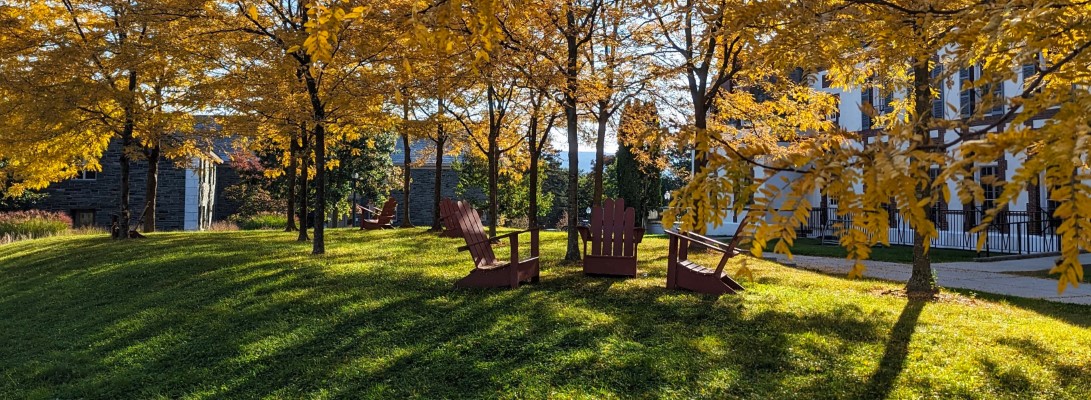




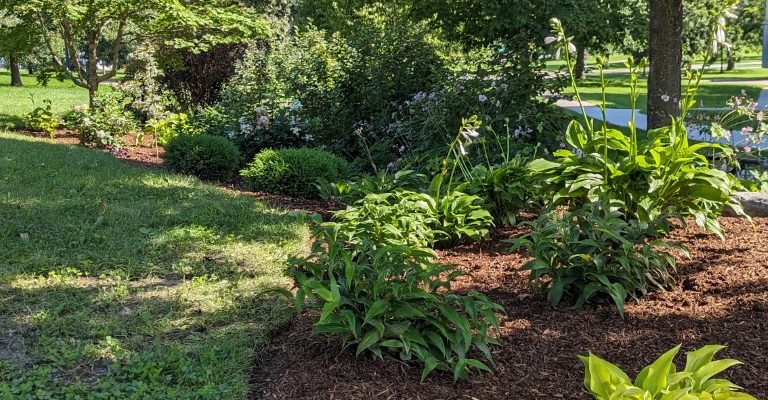
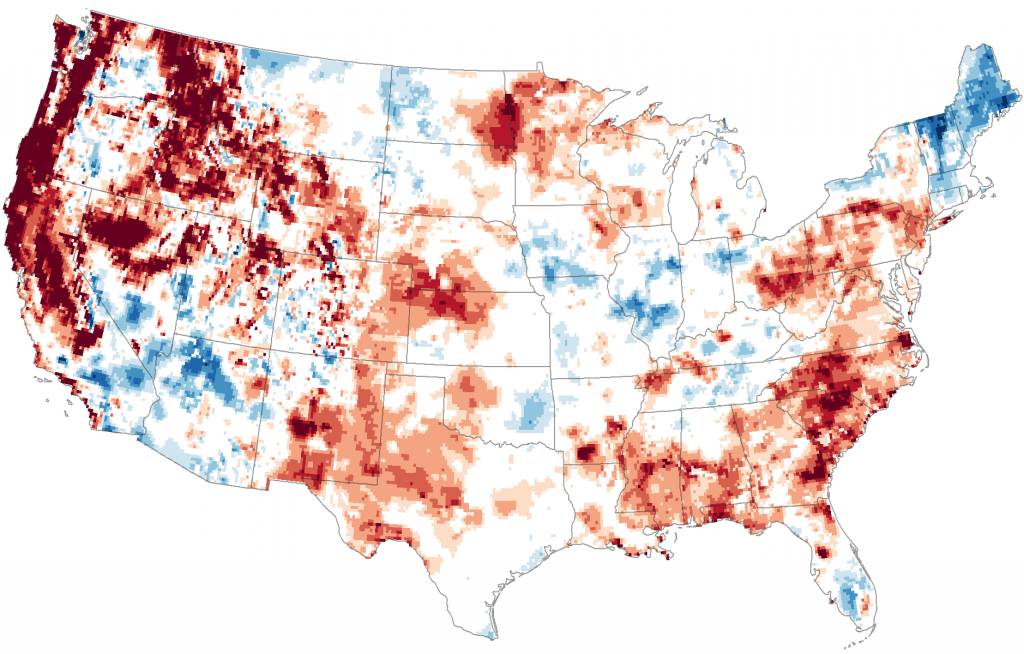
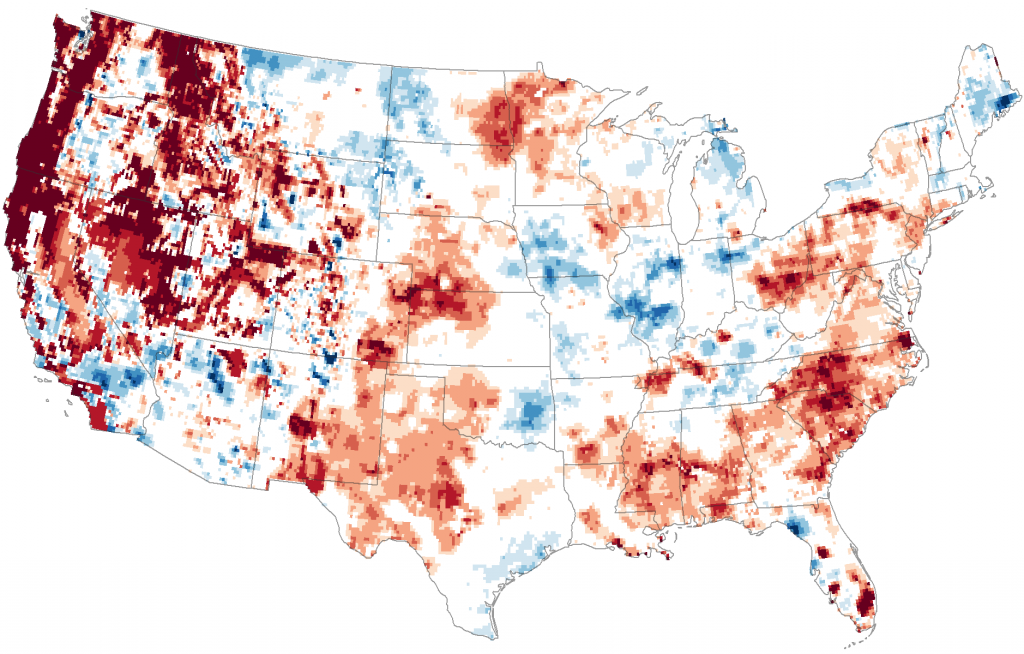
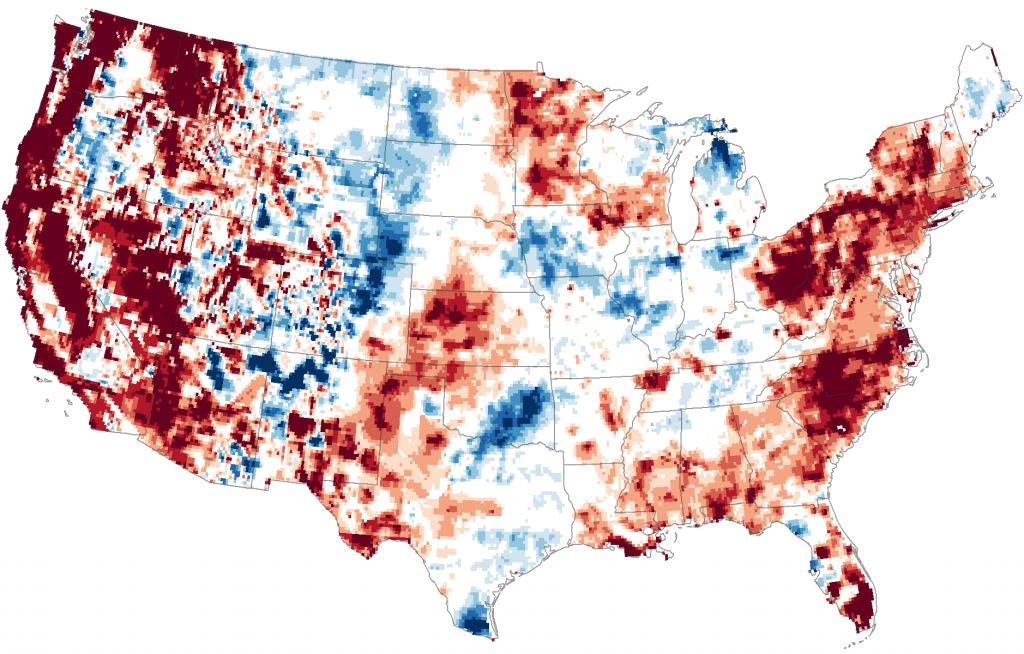
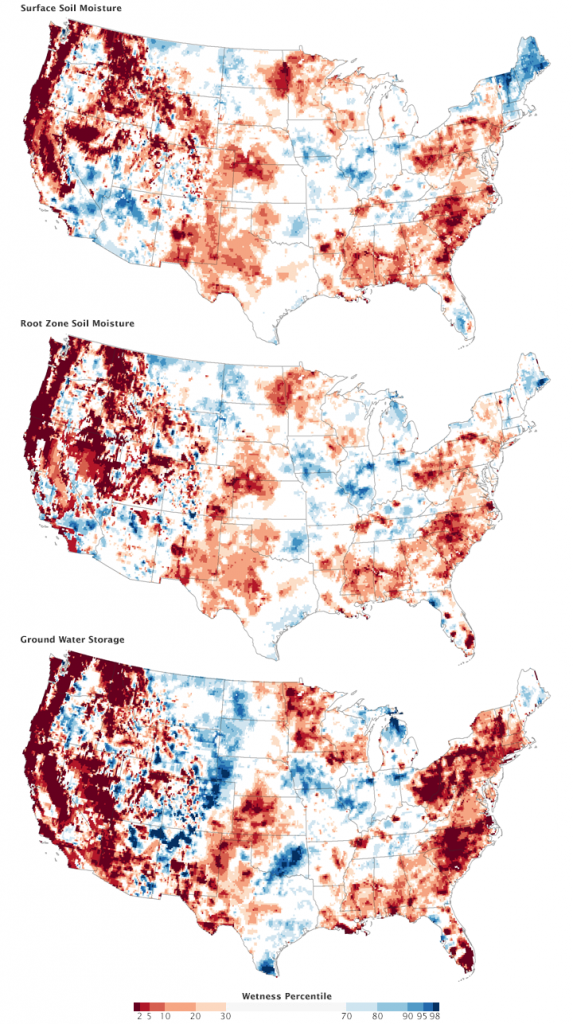
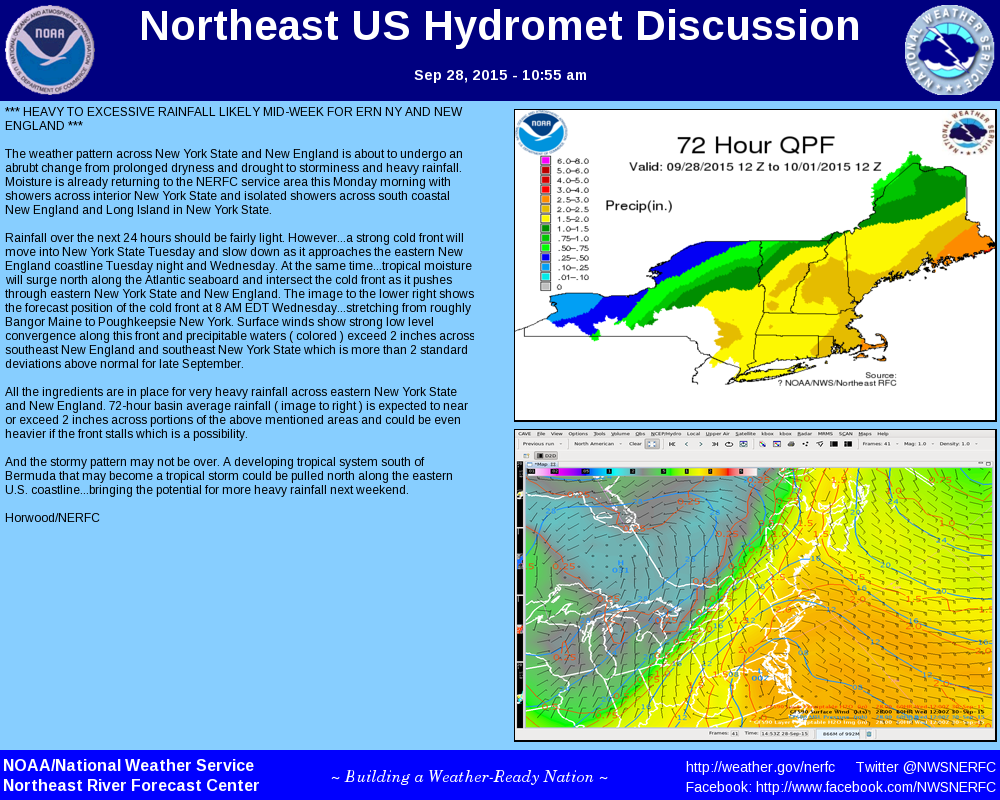
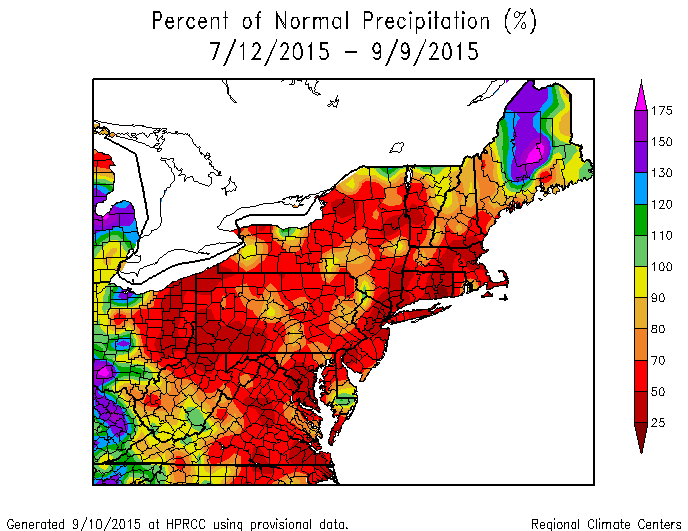
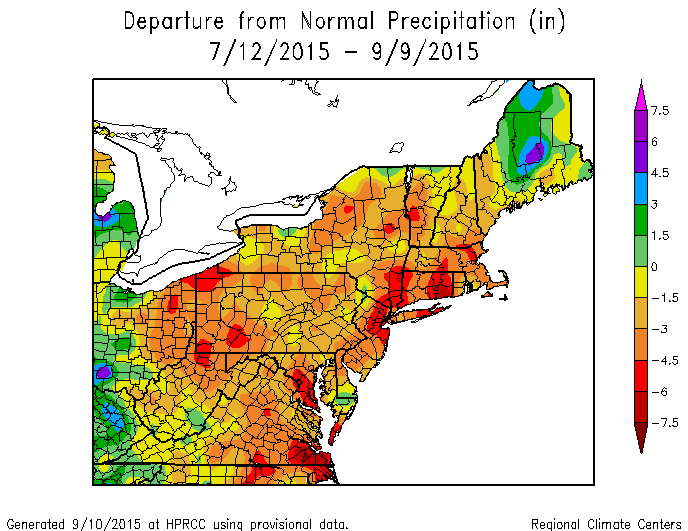
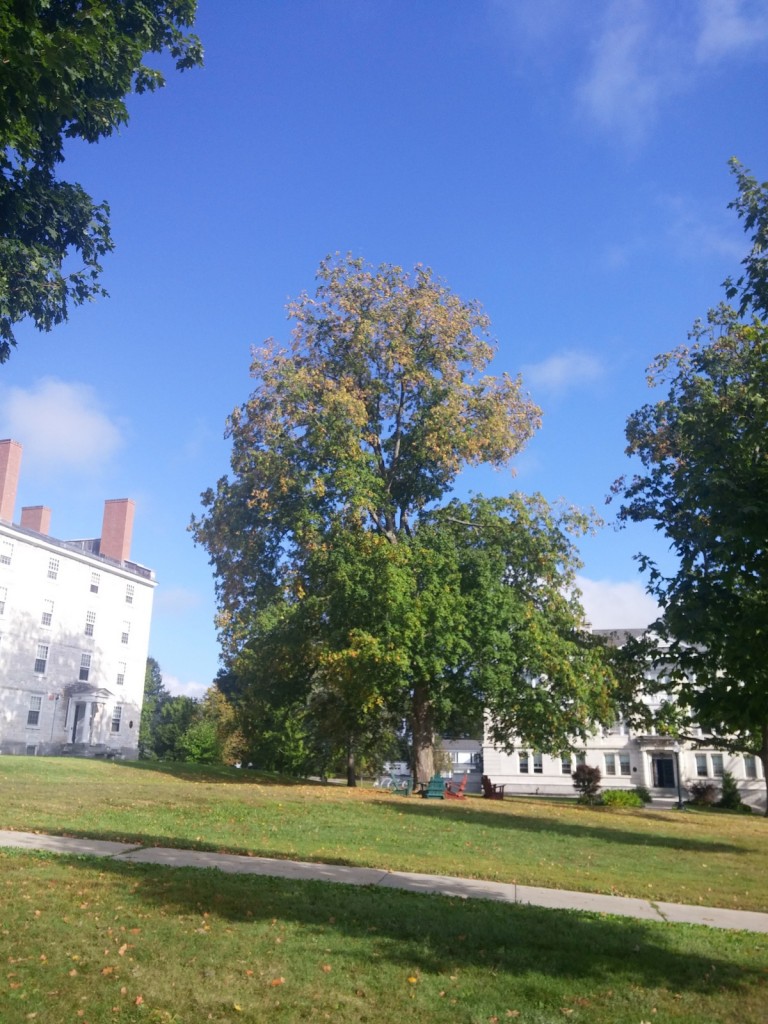
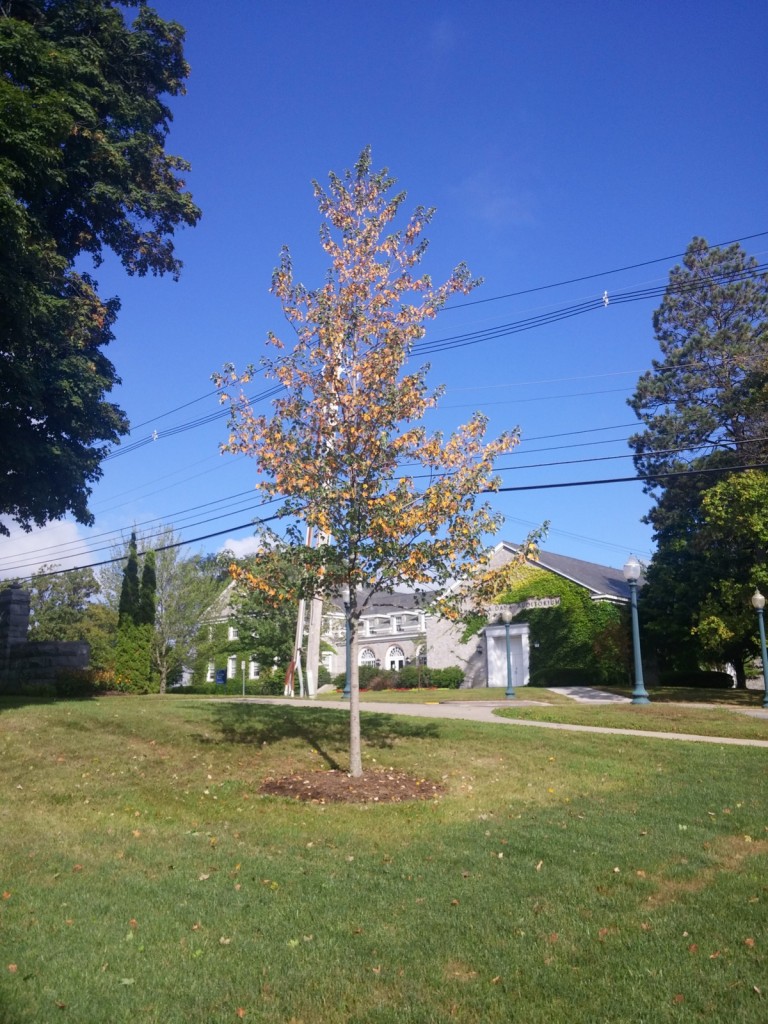
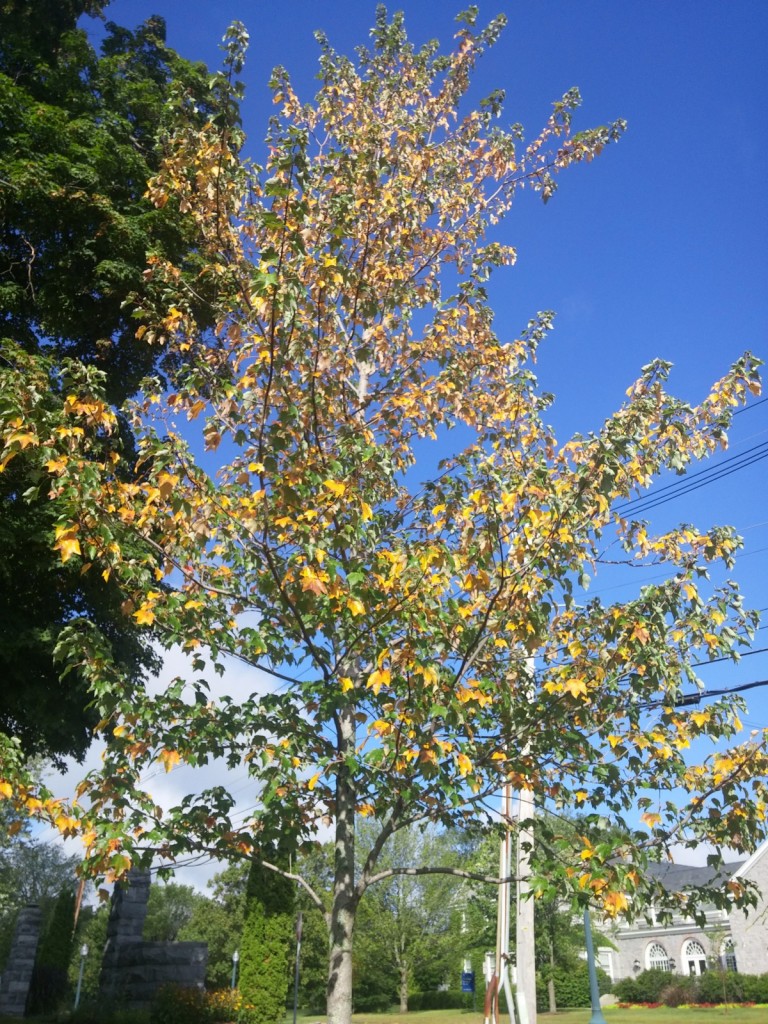
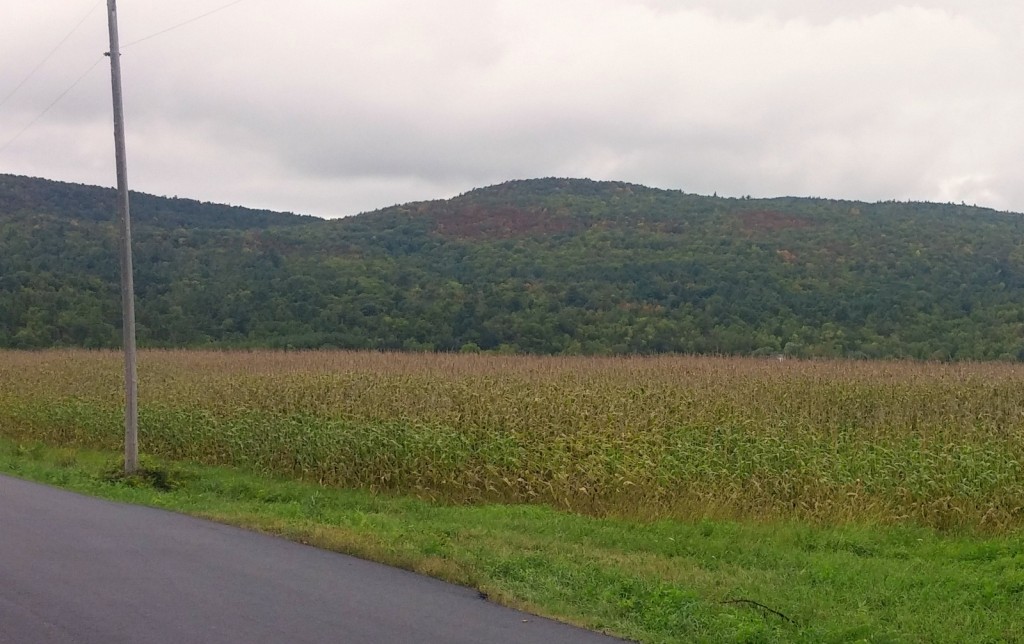
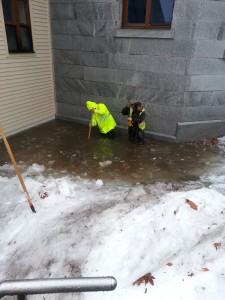
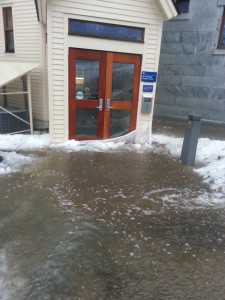
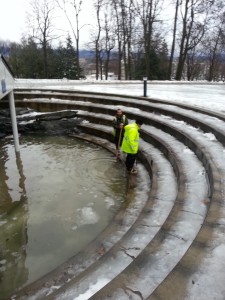
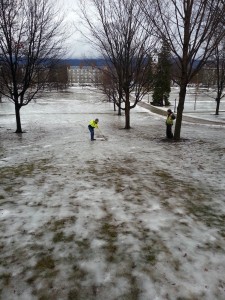
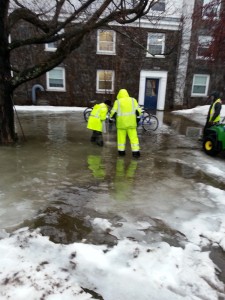
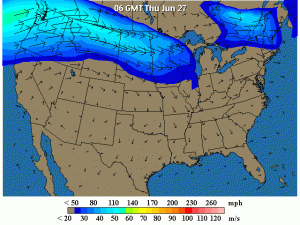
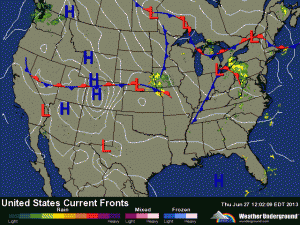
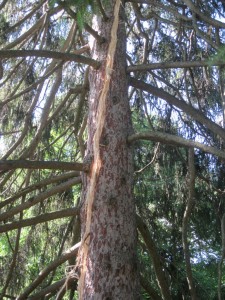
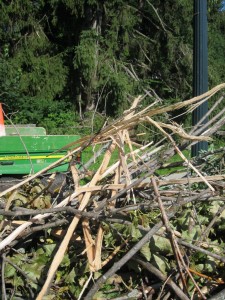
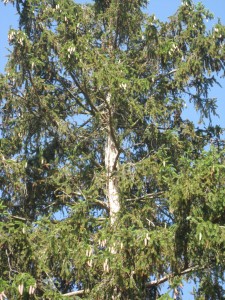
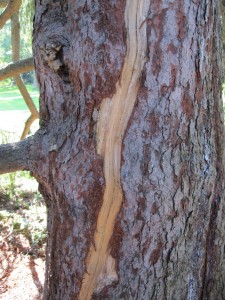
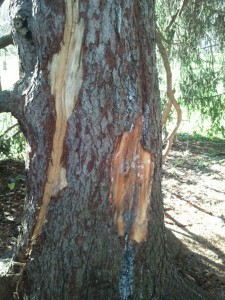
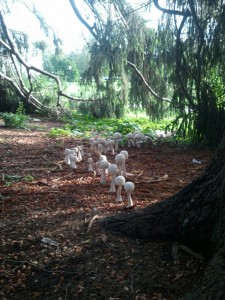

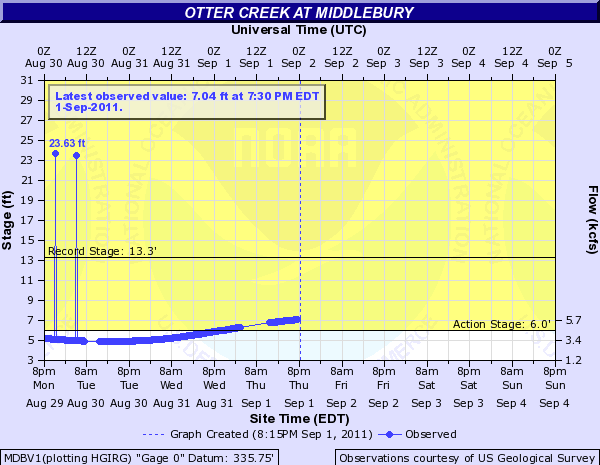
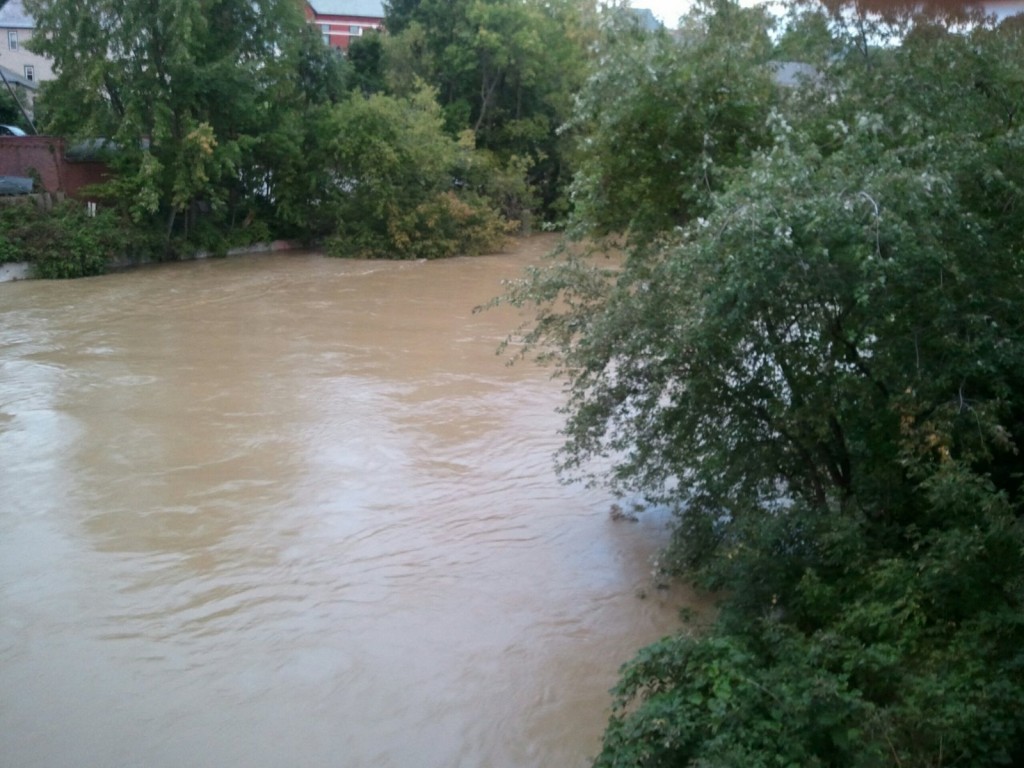
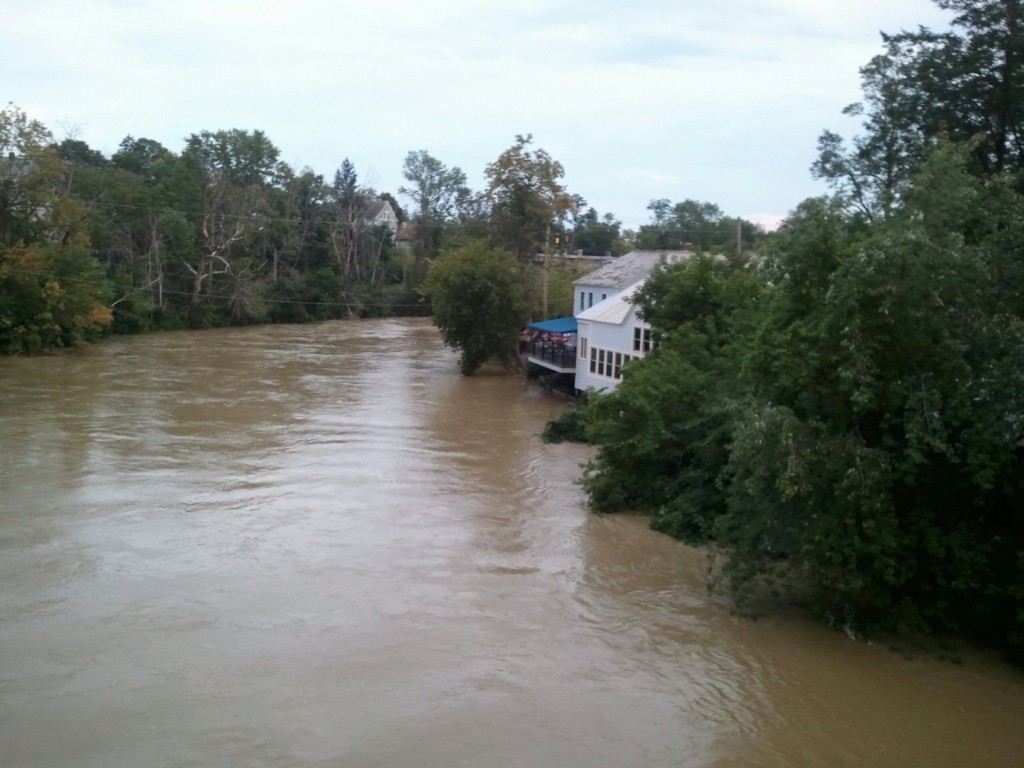
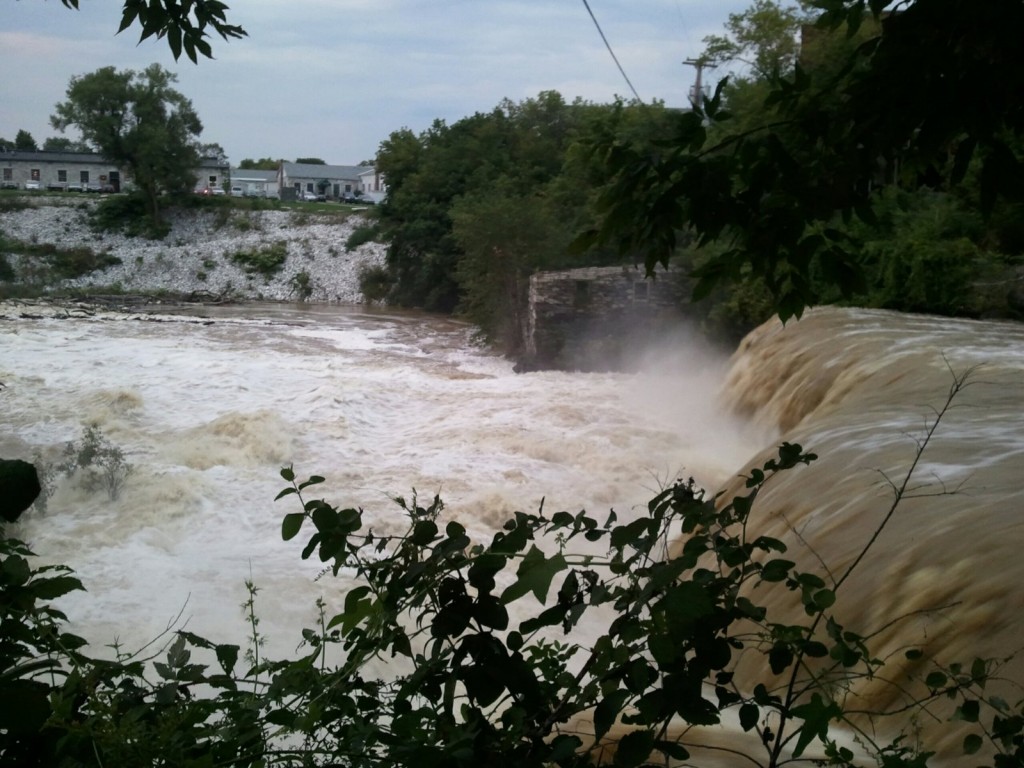
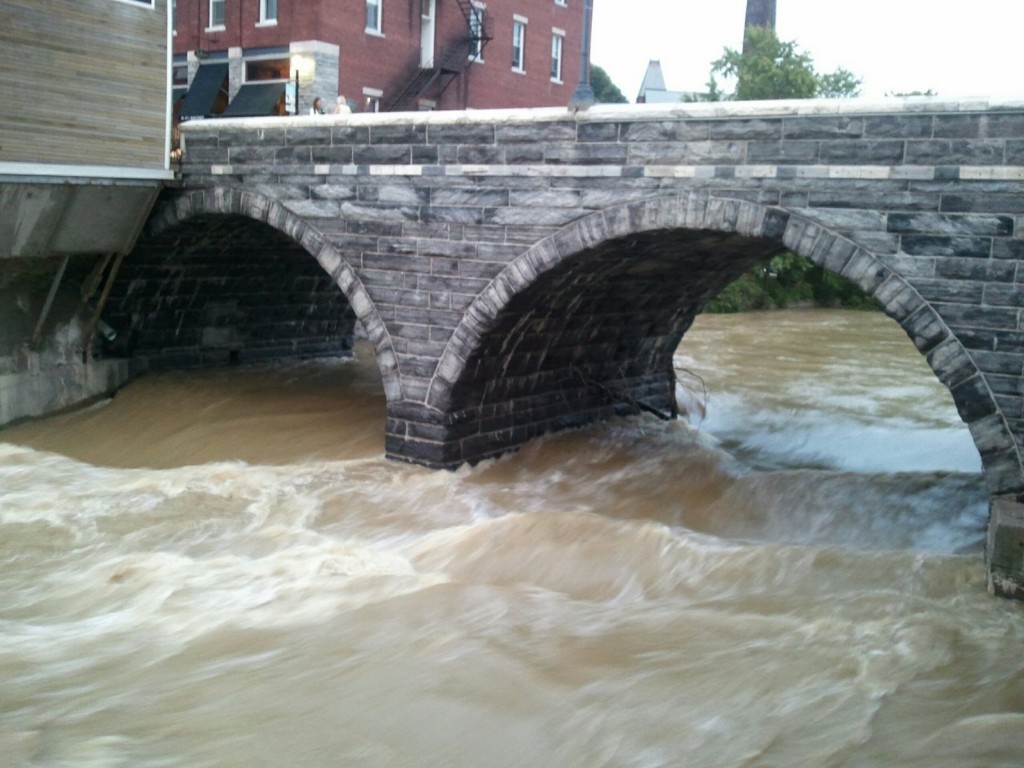
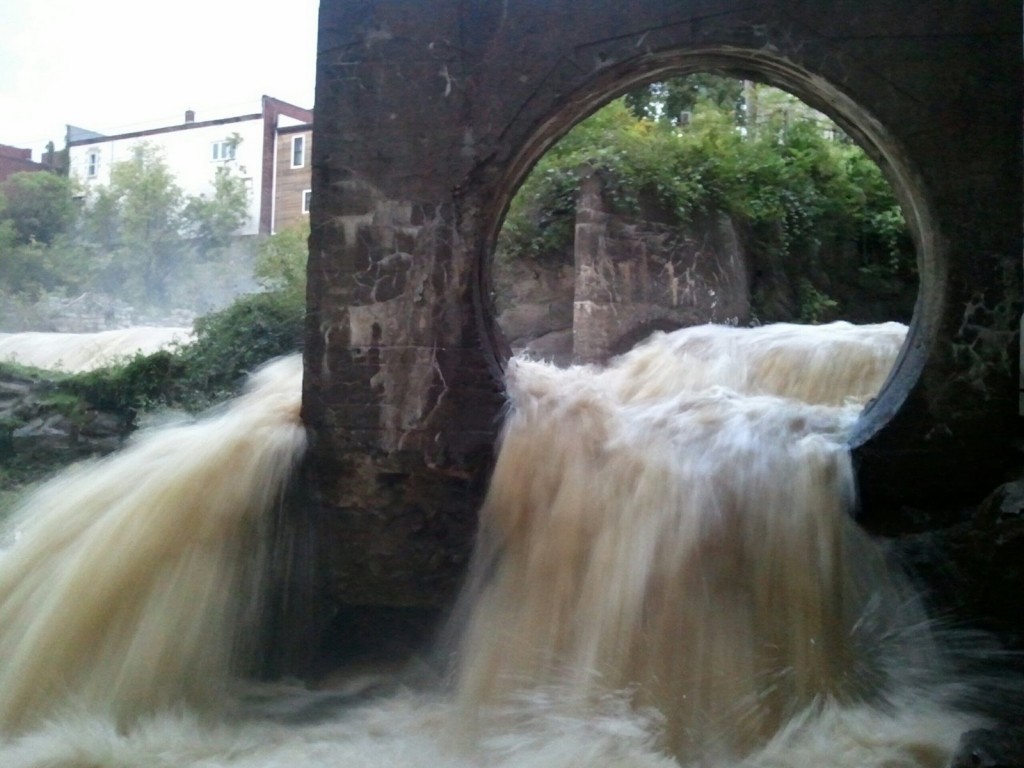
You must be logged in to post a comment.